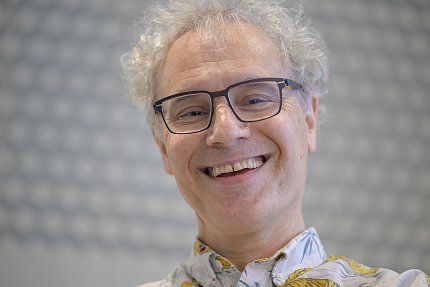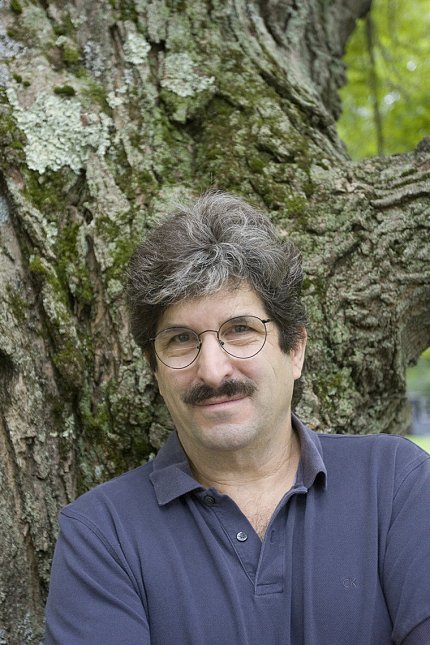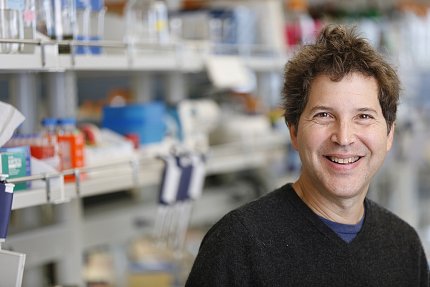NIH Grantees Win Nobel Prizes

Photo: Courtesy of UMass Chan Medical School
Three NIH grantees were honored with Nobel prizes in early October, two in medicine or physiology and one in chemistry.
The 2024 Nobel Prize in physiology or medicine was awarded jointly to grantees Dr. Victor Ambros of the University of Massachusetts Chan Medical School, and Dr. Gary Ruvkun of Harvard Medical School and Massachusetts General Hospital, for “the discovery of microRNA and its role in post-transcription gene regulation.”
In a statement, the Royal Swedish Academy of Sciences said, “Their surprising discovery revealed an entirely new dimension to gene regulation. MicroRNAs are proving to be fundamentally important for how organisms develop and function.”
This year’s Nobel Prize in chemistry highlights work with proteins. Sharing the prize with two other scientists was grantee Dr. David Baker of the University of Washington, Seattle, who won “for computational protein design.” The other two, Demis Hassabis and John Jumper of Google DeepMind in London, were honored “for protein structure prediction.”

Photo: KRIS SNIBBE/HARVARD
Baker, the academy stated, “has succeeded with the almost impossible feat of building entirely new kinds of proteins.”
Every cell contains the same set of genes. Yet different cell types, such as muscle and nerve cells, have distinct characteristics. These differences arise due to gene regulation. Ambros and Ruvkun discovered microRNA, a new class of tiny RNA olecules that play a crucial role in gene regulation.
It is now known that the human genome codes for more than 1,000 microRNAs. Abnormal regulation by microRNA can contribute to cancer, and mutations in genes coding for microRNAs have been found in humans, causing conditions such as congenital hearing loss, eye and skeletal disorders.
Ambros received funding from the National Institute of General Medical Sciences (NIGMS) and the National Cancer Institute (NCI) in 1981 and 1983 to 2023 totaling more than $19 million. Ruvkun has received continuous funding since 1991 from NIGMS, the National Institute on Aging (NIA) and the National Institute of Diabetes and Digestive and Kidney Diseases totaling more than $43 million.
The diversity of life testifies to proteins’ amazing capacity as chemical tools. They control and drive all the chemical reactions that together are the basis of life. Proteins also function as hormones, signal substances, antibodies and the building blocks of different tissues.
“One of the discoveries being recognized this year concerns the construction of spectacular proteins,” a discovery that opens up vast possibilities, said Heiner Linke, chair of the Nobel Committee for Chemistry.

Photo: UW School of Medicine
Proteins generally consist of 20 different amino acids, which can be described as life’s building blocks. In 2003, Baker succeeded in using these blocks to design a new protein that was unlike any other protein. Since then, his research group has produced one imaginative protein creation after another, including proteins that can be used as pharmaceuticals, vaccines, nanomaterials and tiny sensors.
NIH has significantly supported the work of Baker with funding from 1995 to the present totaling more than $24 million. The six NIH institutes and centers that supported this research are: NCI; NIA; National Institute of Allergy and Infectious Diseases; NIGMS; Fogarty International Center and Office of the Director.
“These Nobels are a major win for basic science and taxpayers alike,” said NIGMS Director Dr. Jon Lorsch. “They underscore how basic research leads to medical breakthroughs, and why NIH remains deeply committed to investing taxpayer dollars in this important field of science.”
